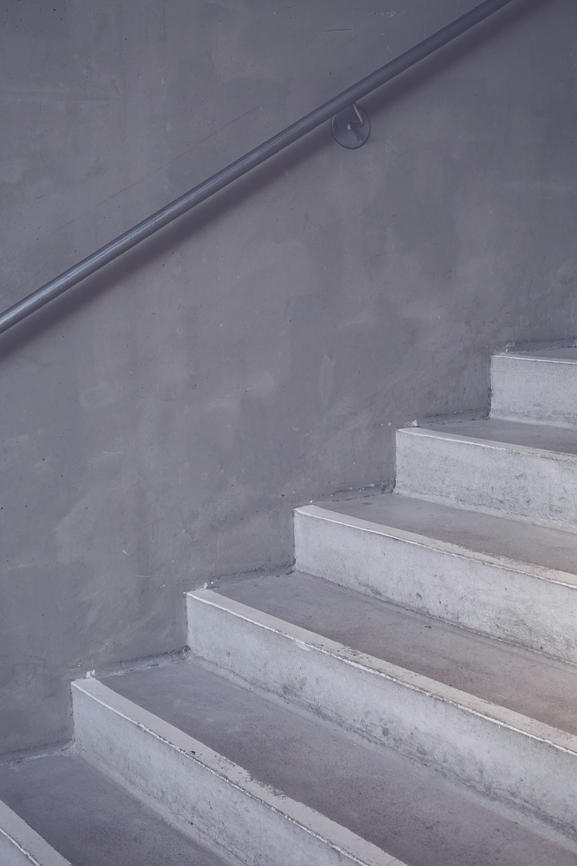Welcome to Week 2 of Fixing Your Finances.
If you’re just joining us, I’m creating a multi-week course on getting your financial house in order. In Week 1, I discussed the initial steps to take when approaching this type of task. That lesson ended with gathering financial documents for later use. Well, now is that time.
This week we take the critical steps of seeing where you are financially by creating a cash-flow statement and balance sheet. These tools will allow you to analyze your income and expenses and figure out your net worth.
Before we start, I want to acknowledge that this is most people’s least favorite part about getting their finances in order. For one, it involves tracking and calculating that many find tedious. In addition, you see where you are financially, which makes some ashamed of past money mistakes and could cause insecurity about how much work needs to be done to get back on track.
I get it.
Here are a few words of encouragement before we get started:
While it may be a hard step, you will be glad that you did it. Having a clear understanding of your income, expenses and your net worth will empower you to take control of your financial life.
Keep this step in a judgment-free zone. You’re not analyzing the information quite yet. You’re just putting numbers on a page and letting them sit. Additionally, after completing this step, you will have the crucial information that you need to start working towards your goals that you established in Step One.
Lastly, it’s only two steps and you have a week to complete them. There’s no need to try to finish everything in one sitting. I will provide worksheets that you’ll be able to save and come back to later. In fact, it’s better to complete this step in parts because the more you think about it, the more detail you may need to add.
Alright…let’s do this!
Figuring Out Your Cash Flow
We’ll start with the harder of the two – figuring out how much is coming in and how much is going out. I’ve attached a spreadsheet that identifies your gross income, and then categorizes your different expenses including taxes, pre-tax employer benefits, housing, vehicle expenses, etc. to determine your left over cash flow.
You can also complete this step by using online tools such as Mint or You Need a Budget (YNAB). However, I like using this spreadsheet because you can easily change and edit the categories to suit your needs. It also allows you to adjust the frequency of your figures and then calculates a monthly and yearly figure for you.
For example, if you know you get $2,000 bi-weekly from your employer, you can input the $2,000 figure in column C, line 4, and put “bw” in column E. (Already shown on the spreadsheet.) The spreadsheet then calculates the monthly and yearly figure in columns F and G. This function saves you time and gives you the opportunity to put in the figures as you know them (e.g., your semi-annual auto insurance payments, your yearly life-insurance premiums, your monthly gym membership fee).
The sticking point for a lot of people comes from determining accurate figures since your income and expenses can vary from month-to-month. This is why I had you gather three months of information.
For your income, you can take the average of your last three months of paychecks or use the year-to-date figure and divide that by the number of paychecks you’ve received to this point. (You salaried employees have it a lot easier than others in this step.) Don’t forget to take into account bonuses that you get.
For those who are self-employed, it gets a bit trickier because of the pay infrequency. Use either your most recent tax return (which should be in your pile) or a current Profit & Loss statement if you keep track of your income and expenses in accounting software.
Regarding your expenses, you can take the average of the three months of statements to get an accurate number of what you pay. If you’re feeling ambitious you can gather six-months or a year of info to make it as accurate as possible. This is especially important for utilities, vehicle and other expenses that vary by month.
Heads up: you can calculate these figures directly into the spreadsheet. In column C just use “=” to start a formula. For instance, if you have three months of electric bills – May $66, June $77, July $88 – you can type “=average(66,77,88)” or “=(66+77+88)/3.” I’ve added this example to your template as well.
Again, take your time with this. Maybe figure out your income and taxes, take a break and start working on the expenses. It’s your spreadsheet to manipulate how you want. And the more you get used to entering the information, the more motivated you will become to make it as accurate as possible.
Completing a Balance Sheet
Once you get the cash-flow worksheet out of the way, we can move onto your balance sheet.
A balance sheet weighs your assets (those things that you own that have value…car, home, retirement account, etc.) against your liabilities (student loans, credit card debt, mortgage, etc.) The outcome results in your net worth.
This exercise, much like tracking your expenses, gives you a great way to measure improvements that you make throughout the year. For example, if you see that your net worth has increased from $2,000 to $8,300 within the year, you know that you are gaining ground financially, even if you haven’t amassed a lot more cash in your emergency fund or made a killing in the stock market.
This step is a little easier because the balance sheet provides a snapshot of your net worth on the day that you created it. So, you just need to look at the value of your assets and liabilities on a specific day and use those figures as your benchmark.
Try updating the sheet on a consistent day to keep things relatively in sync. I update my sheet on the last day of every month. But you could do it at the end of every quarter, or every year if you’d like.
I want you to fill out the form this week as practice for going through the process and determining where you are. Here is the sample sheet. Again feel free to modify as you see fit. You can also find other balance sheet templates online here and here .
Take a Breath
Phew. Week two out of the way.
You’ve completed what I think is the hardest step. And again, don’t try to analyze or judge the figures. They are what they are. The fun part begins next week when we start to put Weeks 1 and 2 together. See you then!




